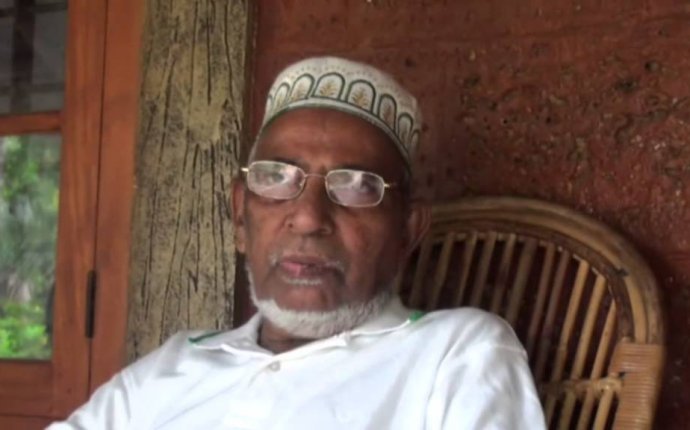
Lumbar Spondylosis Treatment in Ayurveda
Lumbar spondylosis is a degenerative condition which affects the lower spine. In a patient with lumbar spondylosis, the spine is compromised by a narrowing of the space between the vertebrae, causing a variety of health problems ranging from back pain to neurological issues. This condition is usually caused by old age, as the spine undergoes changes as people grow older, and many of these changes contribute to degeneration of the vertebrae. Spondylosis, which can appear in the cervical and thoracic vertebrae as well, is also known as spinal osteoarthritis.
In a classic case of lumbar spondylosis, the space between discs in the lumbar spine becomes narrowed. As a result, the patient develops numbness, tingling, and pain which seem to radiate out from the area. These symptoms are the result of pressure on the nerves as they exit the spinal cord. If the spondylosis is allowed to progress, it can lead to a narrowing of the spinal canal, resulting in impingement of the spinal cord, which can cause poor bladder control, unsteady gait, and other severe neurological problems.
Symptoms
Specific conditions that fall under the umbrella term of lumbosacral spondylosis can include herniated discs, bulging discs, bone spurs and osteoarthritis, all of which are spinal abnormalities that run the risk of protruding into the spinal canal and exerting pressure on spinal nerves. The sciatic nerve is often compressed at the meeting of the L5 and S1 vertebrae. Common symptoms of sciatic nerve compression include tingling, numbness, weakness and pain that can spread through the following areas:
- Lower back
- Tailbone
- Buttocks
- Hip joints
- Toes
- Back of thighs (hamstrings)
- Calves
- Feet
Diagnosis
Diagnosis of lumbar spondylosis consists of a physical examination, neurological examination (to assess sensation and motor function), imaging studies (such as x-rays, CT scan, or MRI).
X-ray studies demonstrate much of the characteristic appearance of spondylosis narrowing of the intervebral disc space and the neural foramina (bony canals by which the spinal nerves exit the vertebral column). Also visible is the presence of osteoarthritis and the formation of osteophytes (small bone spurs) on areas of the vertebrae adjacent to the discs and in the area of the facet joints.
Soft tissue injuries such as herniated disc and nerve root impingement are best seen with advanced imaging modalities, such as computed tomography (CT), magnetic resonance imaging (MRI), and myelography.
Ayurveda Management
Pain, tingling sensation, numbness, stiffness of the spine are major symptoms of Lumbar spondylosis which is predominantly due to vitiated Vatha dosha. According to Ayurveda, Lumbar Spondylosis can be correlated to Kati Vata (one of the Sandhigata Vata) and back pain to Kati shula or Prishta shula or Kati graha or Trika shula or Trika graha.
Treatment in Ayurveda for Lumbar spondylosis is to bring the vitiated ‘Vata dosha‘ back to the state of equilibrium and thereby to the state of health.
The treatment modalities for treating this condition include Panchakarma & Rejuvenation therapies, internal medications, diet and life style changes.
Therapies like Dhanyamladhara, Abhyanga swedam, Elakizhi, Sarvangadhara, Vasti, kati vasti, Navarakizhi are commonly done according to the severity of illness.














